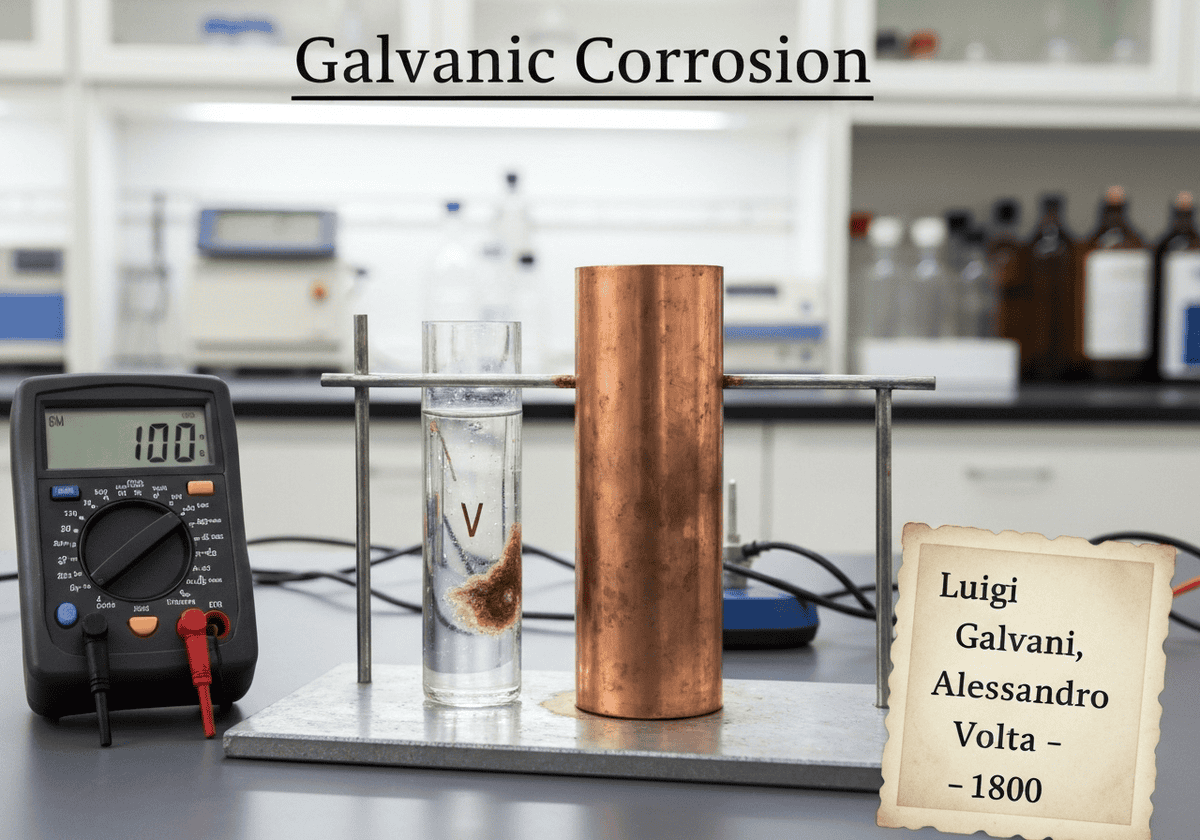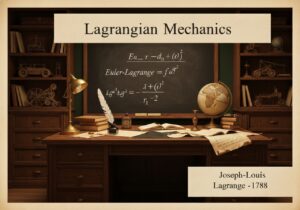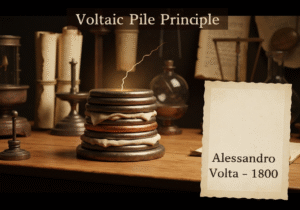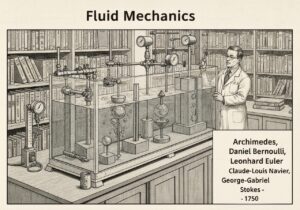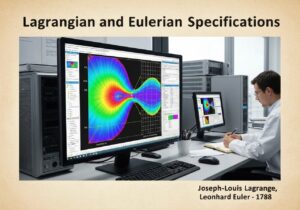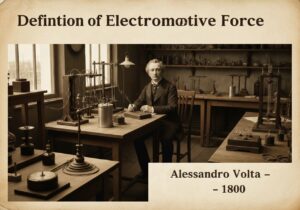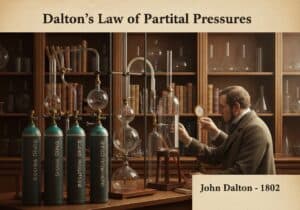La corrosión galvánica es un proceso electroquímico en el que un metal se corroe preferentemente cuando entra en contacto eléctrico con otro en presencia de un electrolito. Esto ocurre porque los metales disímiles crean un par bimetálico, en el que el metal menos noble (más activo) actúa como ánodo y se corroe, mientras que el metal más noble actúa como cátodo.

